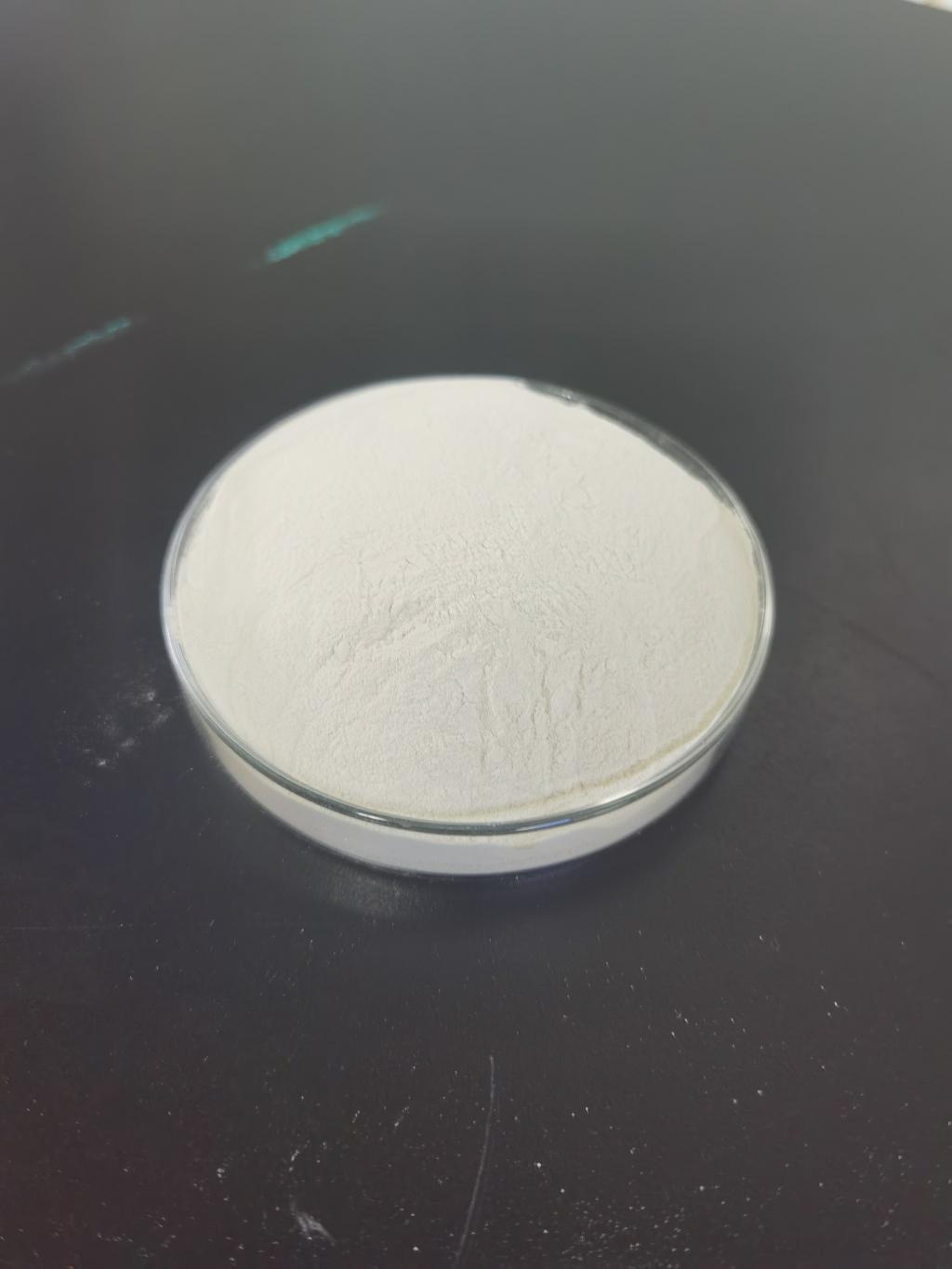Tel:+8618231198596

News
 CONTACT
CONTACT
 CONTACT
CONTACT
- Linkman:Linda Yao
- Tel: +8618231198596
- Email:linda.yao@dcpharma.cn
- Linkman:CHARLES.WANG
- Department:Overseas
- Tel: 0086 0311-85537378 0086 0311-85539701
News
Current Position:
Home >
News
>Nisin and the Circular Economy: Reducing Food Waste Through Preservation
Nisin and the Circular Economy: Reducing Food Waste Through Preservation
TIME:2023-12-29
I. Introduction: The Circular Economy Imperative
Defining the Circular Economy
The circular economy is an economic system designed to eliminate waste and promote the continual use of resources. It is characterized by closed-loop systems, recycling, and sustainable practices aimed at minimizing environmental impact. In the context of the food industry, the circular economy provides a framework for addressing the alarming issue of food waste.
The Global Food Waste Challenge
Food waste is a critical global issue, with approximately one-third of all food produced for human consumption going to waste. Beyond the ethical concerns, food waste contributes to environmental degradation, deforestation, and greenhouse gas emissions. The circular economy offers a strategic approach to mitigating these challenges.
II. Nisin as a Natural Antimicrobial Agent
Nisin's Mechanism of Action
Nisin, a naturally occurring antimicrobial peptide, is derived from the bacterium Lactococcus lactis. Its unique mechanism of action involves disrupting the cell membranes of bacteria, making it an effective and natural preservative. This characteristic makes nisin a sustainable alternative to synthetic preservatives, aligning with the principles of the circular economy.
Advantages of Nisin in Food Preservation
Broad-Spectrum Activity: Nisin exhibits antimicrobial activity against a wide range of bacteria, including pathogenic and spoilage microorganisms.
Natural Origin: Being naturally derived, nisin is perceived as a cleaner and more sustainable option compared to synthetic preservatives.
No Impact on Food Quality: Nisin preserves the quality, taste, and nutritional value of food products without the need for excessive additives.
III. Circular Economy Strategies in Food Preservation
Reducing and Reusing Packaging
Circular economy principles emphasize the reduction and reuse of packaging materials. Nisin's role in food preservation allows for the extension of product shelf life, reducing the need for over-packaging and single-use plastics. This aligns with the circular economy's focus on minimizing waste throughout the entire product lifecycle.
Closed-Loop Systems in Agriculture
Circular agriculture practices, such as regenerative farming and organic cultivation, can enhance the quality and longevity of food products. Nisin can be integrated into these systems to provide a natural shield against bacterial contamination, reducing pre-harvest and post-harvest losses.
IV. Nisin Applications in Targeted Food Categories
Nisin in Fresh Produce
Fresh fruits and vegetables are highly susceptible to spoilage and microbial contamination. Nisin-infused packaging or coatings can significantly extend the shelf life of these perishable items, reducing waste at both the retail and consumer levels.
Nisin in Dairy and Meat Products
The dairy and meat industries face challenges related to microbial growth and spoilage. Nisin's effectiveness against bacteria such as Listeria and Clostridium makes it a valuable tool in preserving dairy and meat products, ensuring their safe consumption and minimizing waste.
V. Case Studies and Success Stories
Case Study 1: Nisin in Dairy Industry Sustainability
An exploration of how nisin has been successfully incorporated into dairy production processes, leading to a reduction in spoilage and waste. This case study highlights the economic and environmental benefits of embracing circular economy principles in the dairy sector.
Case Study 2: Nisin in Retail and Consumer Settings
Examining how nisin-infused packaging has been implemented by retailers to reduce waste on the store shelves and in consumers' homes. The case study emphasizes the positive impact of circular economy strategies in retail and end-user environments.
VI. Challenges and Considerations
Consumer Perception and Acceptance
Despite the benefits of nisin in reducing food waste, consumer awareness and acceptance are critical factors. Education campaigns and transparent labeling can play a key role in overcoming any apprehensions related to the use of natural antimicrobial agents.
Regulatory Landscape
Navigating regulatory frameworks for the incorporation of nisin into food products requires collaboration between industry stakeholders and regulatory bodies. Streamlining approval processes can facilitate the widespread adoption of nisin for food preservation.
VII. Future Outlook and Innovations
Integration with IoT and Smart Packaging
The integration of nisin with Internet of Things (IoT) technologies and smart packaging can enhance its efficacy. Real-time monitoring and responsive release mechanisms can be employed to optimize preservation based on specific environmental conditions.
Collaborative Research Initiatives
Encouraging collaborative research initiatives between academia, industry, and governmental bodies can drive innovation in the use of nisin for food preservation. Such partnerships can explore new applications, improve delivery systems, and address any emerging challenges.
VIII. Conclusion: Nisin as a Catalyst for Circular Food Systems
As we navigate the complex challenges of the modern food industry, nisin stands out as a natural ally in the pursuit of circular economy principles. Its efficacy in food preservation, combined with a commitment to reduce waste throughout the supply chain, positions nisin as a catalyst for transforming our food systems into more sustainable, resilient, and circular entities. Embracing the potential of nisin requires a collaborative effort from stakeholders across the food industry to usher in a future where waste is minimized, resources are conserved, and food security is prioritized.
- Tel:+8618231198596
- Whatsapp:18231198596
- Chat With Skype







